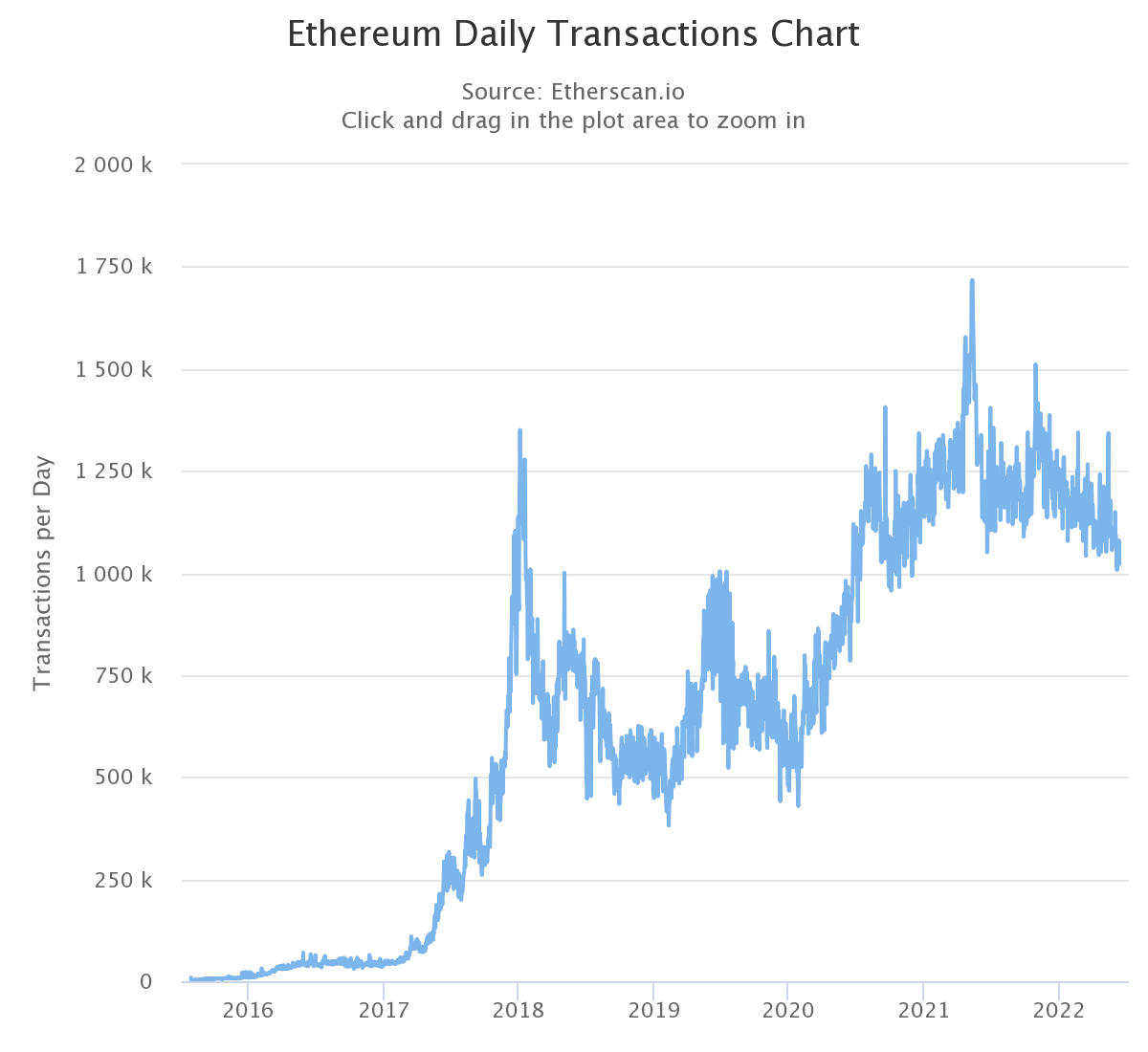The developers of the Ethereum network have decided to postpone the so-called difficulty bomb. This is an important step in the run-up to the highly anticipated “merge” for the Layer 1 blockchain.
The difficulty bomb will be postponed for two months to “be sure that we check all the numbers for accuracy before setting an exact delay and time for implementation,” core developer Tim Beiko said in a tweet on Sunday.
In short, we agreed to the bomb delay. We were already over time, and want to be sure that we sanity check all the numbers before selecting an exact delay and deployment time, but we are aiming for a ~2 month delay, and for the upgrade to go live late June.
– Tim Beiko / timbeiko.eth (@TimBeiko) June 10, 2022
This difficulty bomb is a measure to get Ether (ETH) miners to turn off their physical mining devices when the network switches from proof-of-work (pow) to proof-of-stake (PoS).
This makes it much more difficult for miners to verify transactions on the network, which reduces profitability for POW miners. Ultimately, it becomes impossible for physical miners to validate a block. The difficulty bomb is a feature of the network that was added to the code in 2016, when the plan for the merge came up.
According to some estimates, the switch to PoS should reduce the energy demand of the Ethereum network by up to 99.9 percent. Other PoS networks such as Polygon and Fantom Opera have negligible power requirements compared to other PoW networks.
Beiko does not mention this, but a delay in the difficulty bomb could also lead to further delays in Merge itself, which is expected to take place in August 2022.
The Ropsten testnet on Ethereum managed its own successful merge on PoS on Friday, which the developers called the “first dress rehearsal” for the real merge.
Acceptance for Ethereum is growing
Despite the current crypto bear market, Ethereum continues to have strong user numbers. The daily transactions on the network have always amounted to over 1 million US dollars since December 2020, with one exception. The measurement of daily transactions gives a simple and precise overview of the general use of the network.
 Daily transactions on Ethereum since 2015
Daily transactions on Ethereum since 2015
The number of unique addresses is still rising steeply every month. Since the first jump in December 2017, the number of new wallets has been growing rapidly. There are now about 198 million unique wallets on Ethereum, which is an increase of 14.5 times since December 7, 2017.
The ETH price has fallen by 6.8 percent in the last 24 hours and is at $ 1,360, according to data from CoinGecko.
Log in to our social media so as not to miss anything: Twitter and Telegram – current news, analyses, expert opinions and interviews with a focus on the DACH region.








